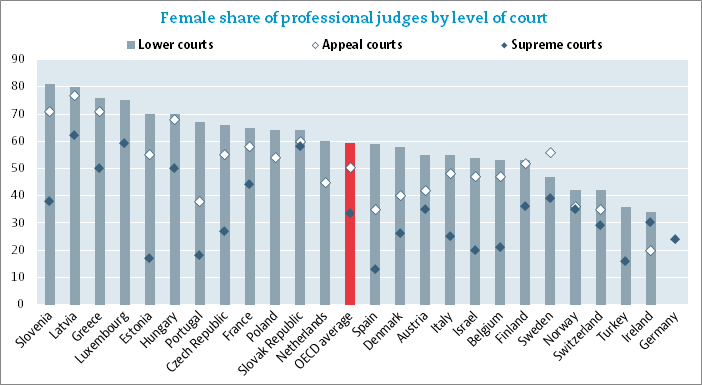



WOMEN IN JUDICIARY
Context
FACTS RELATED TO REPRESENATION OF WOMEN IN JUDICIARY GLOBALLY
Status in other countries:

Must Read Article on this Topic https://www.iasgyan.in/daily-current-affairs/women-in-judiciary.
STATUS OF WOMEN IN JUDICIARY IN INDIA
|
|
|
|
|
|
|
Constitutional position of women in Judiciary:
Issues in entry of women in judiciary:
Need to bridge the gap in judiciary:
Significance of women representation in judiciary:
The Road Ahead
Conclusion:
https://sansadtv.nic.in/episode/mudda-aapka-women-in-judiciary-08-march-2023
© 2025 iasgyan. All right reserved